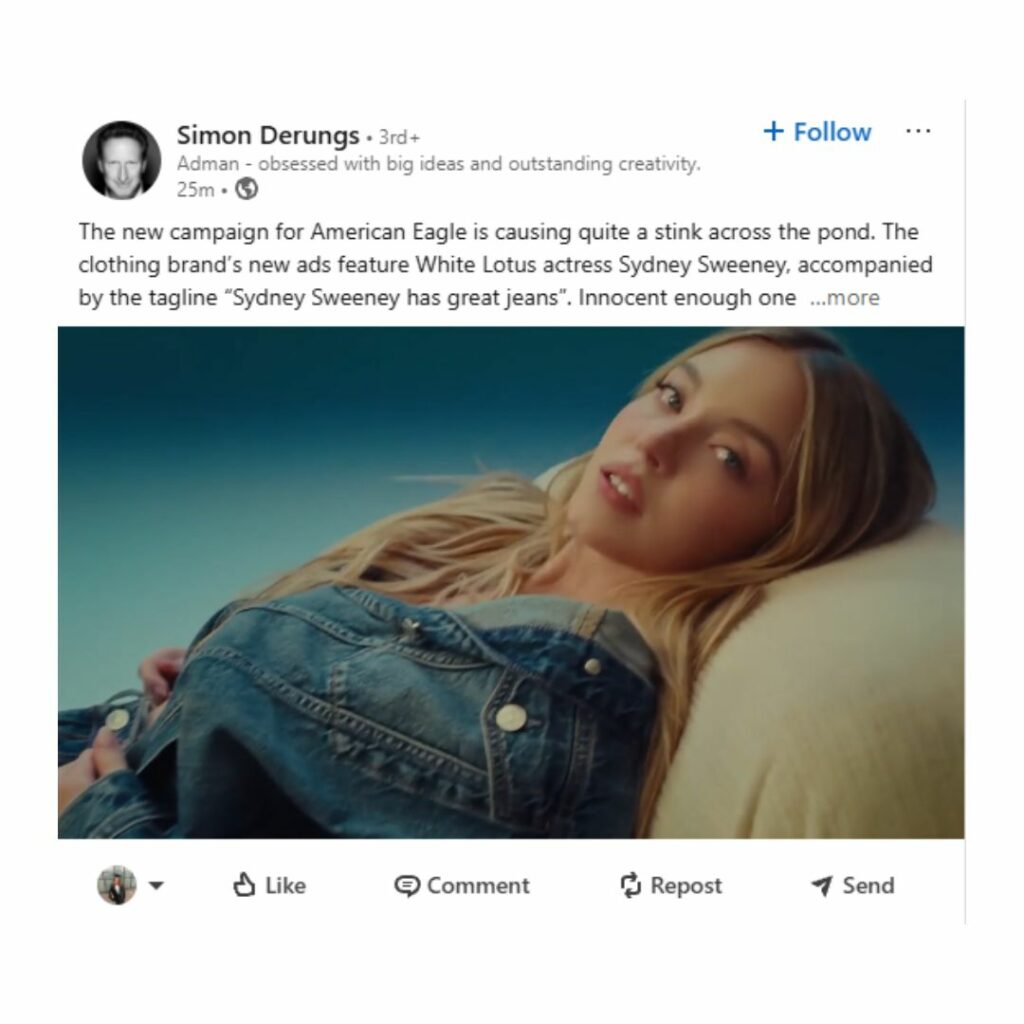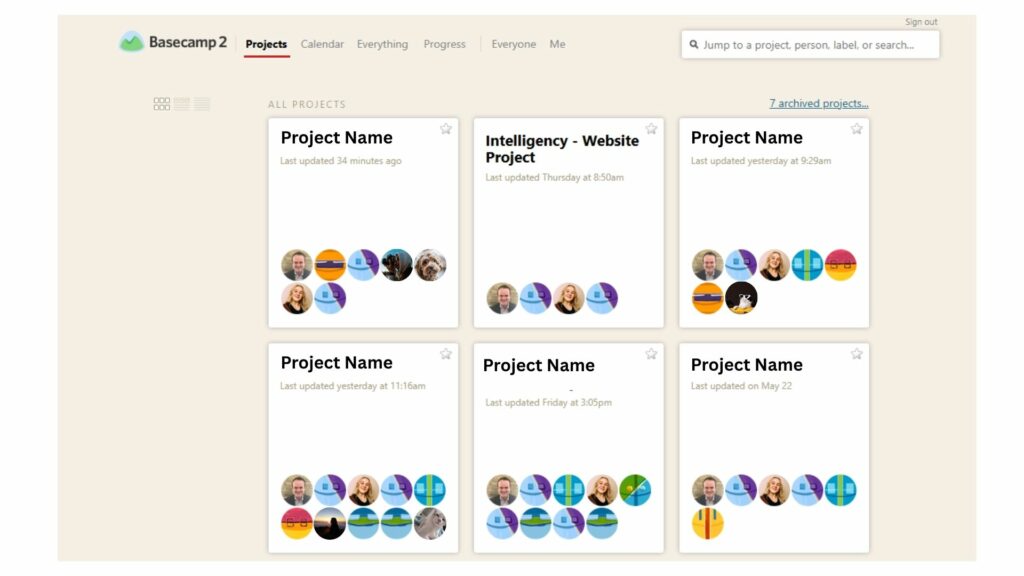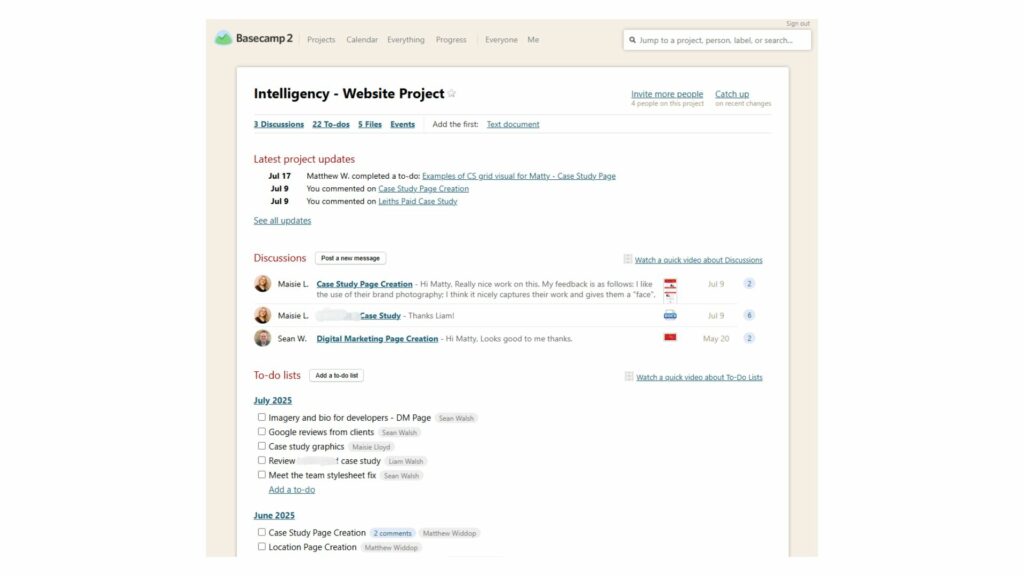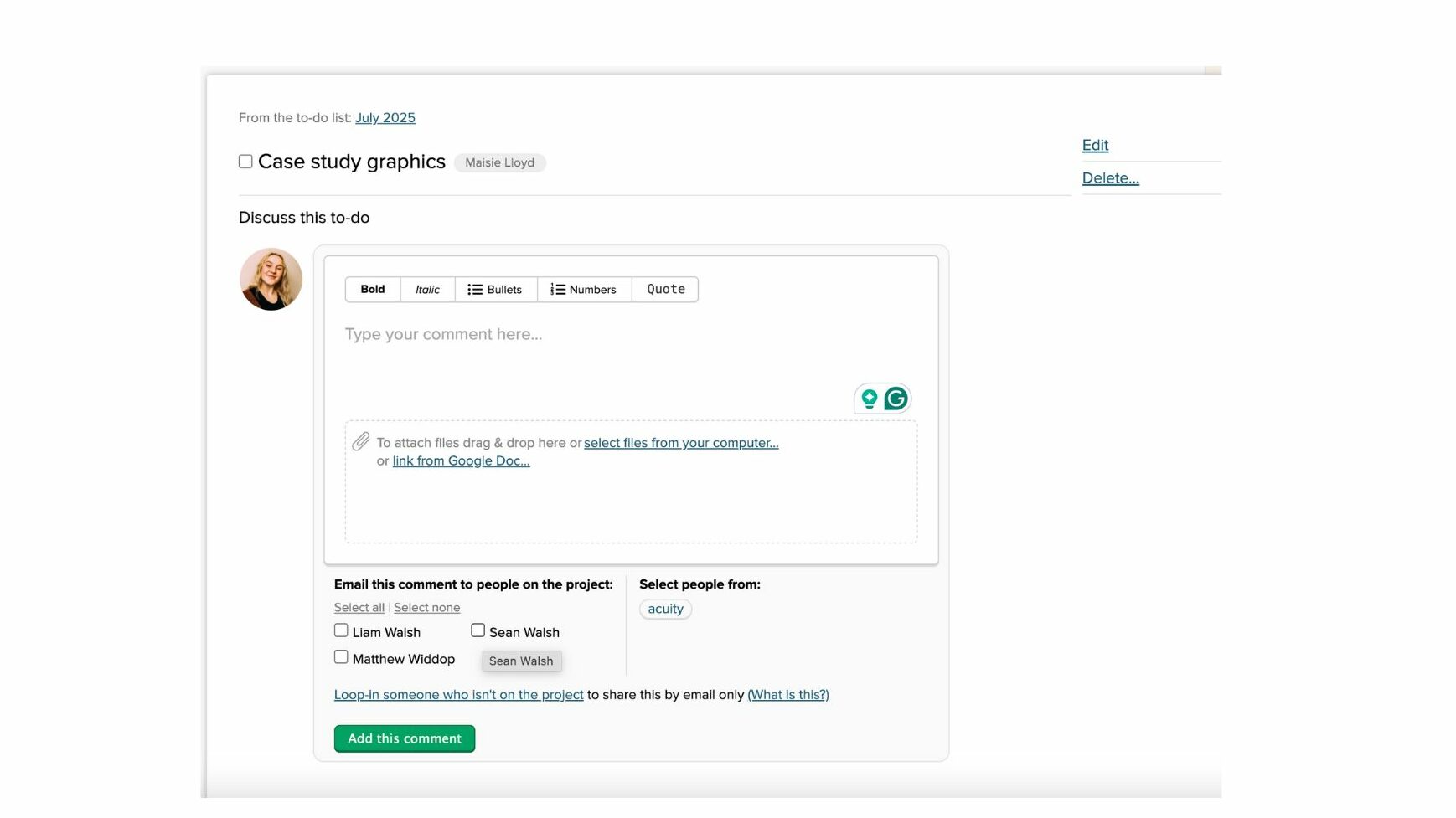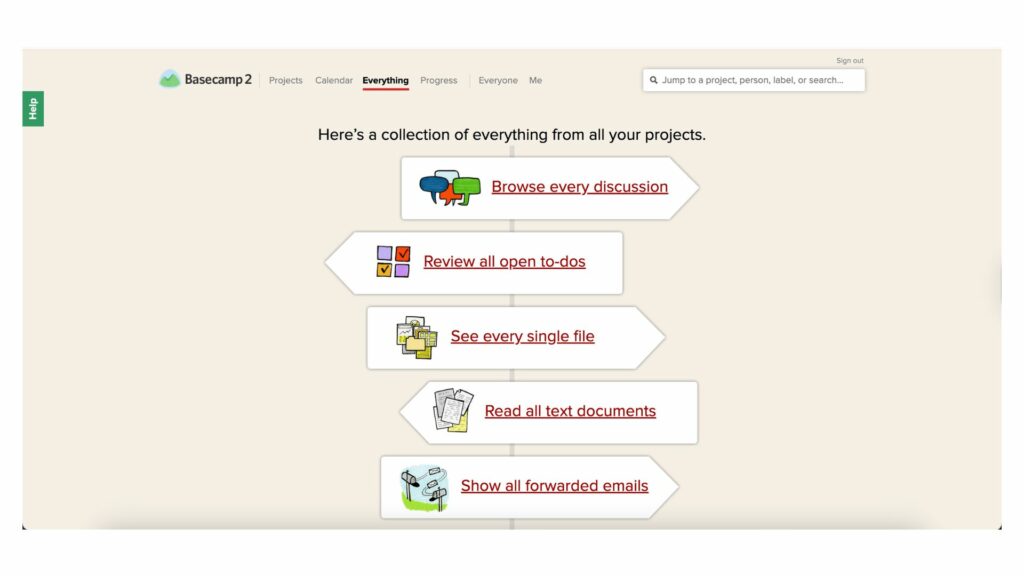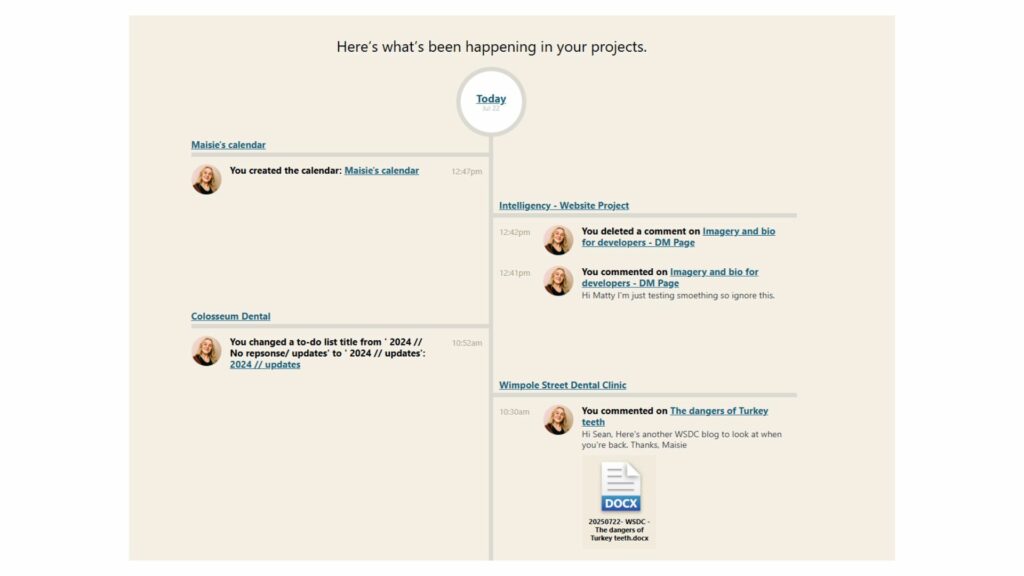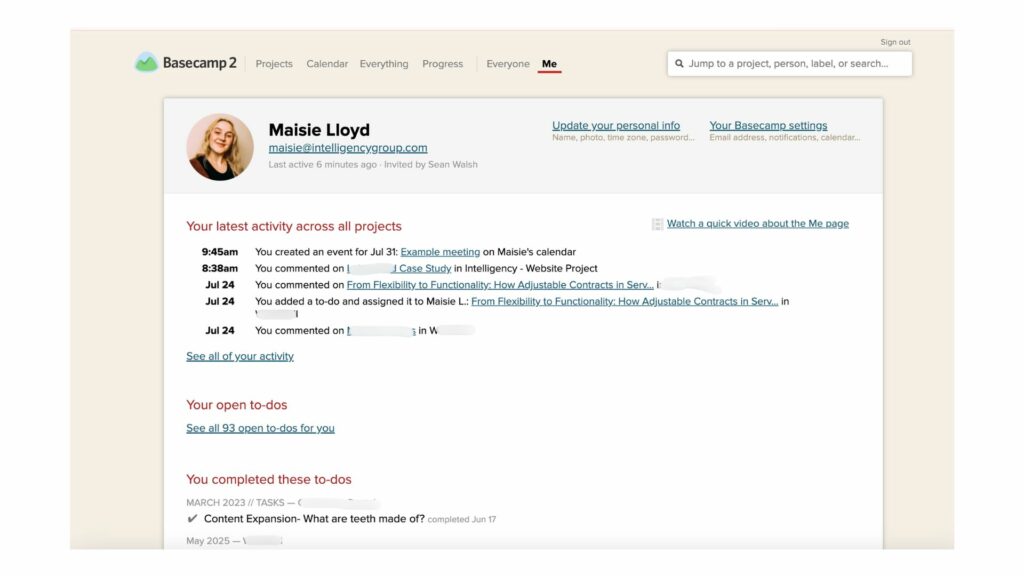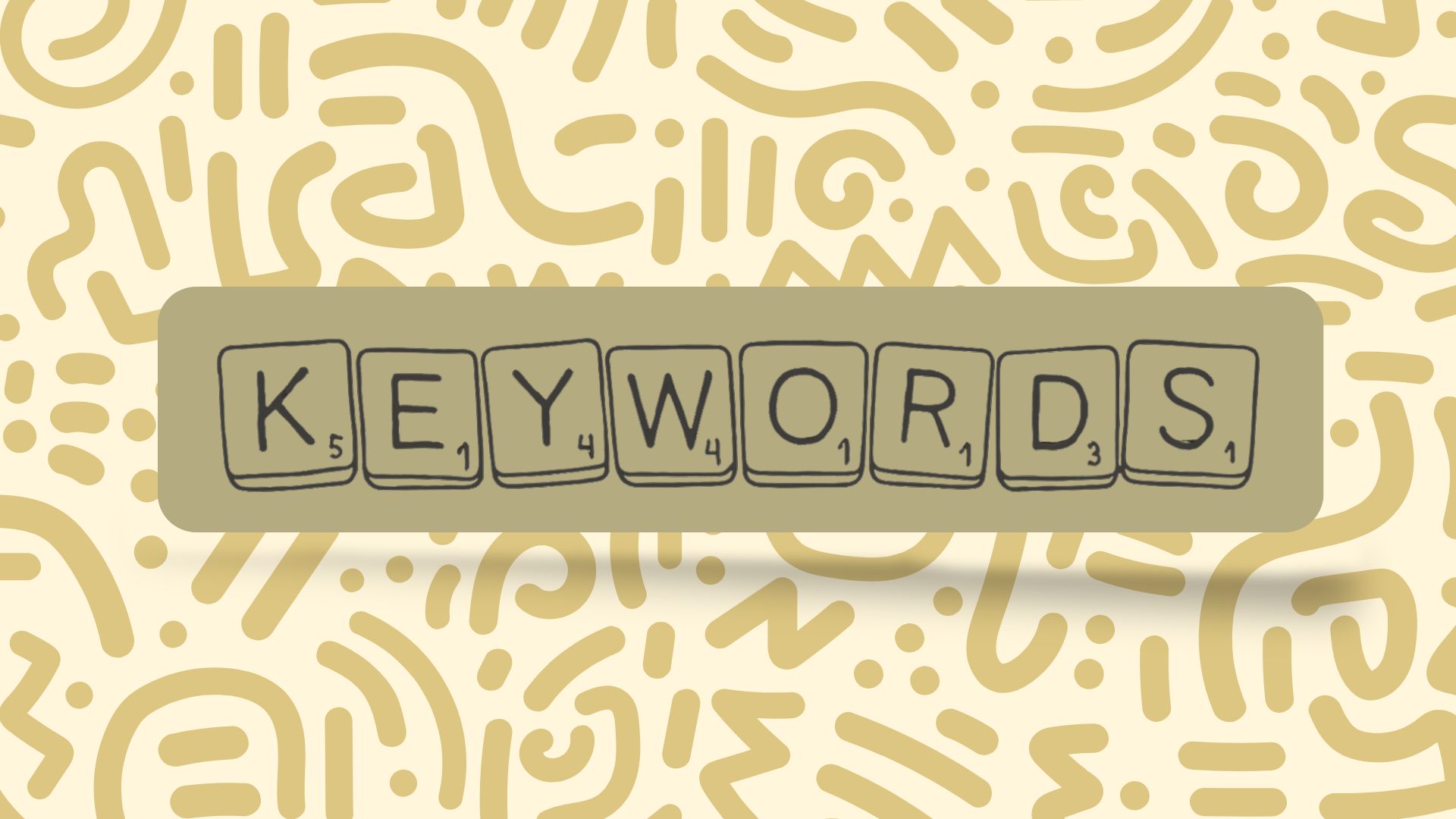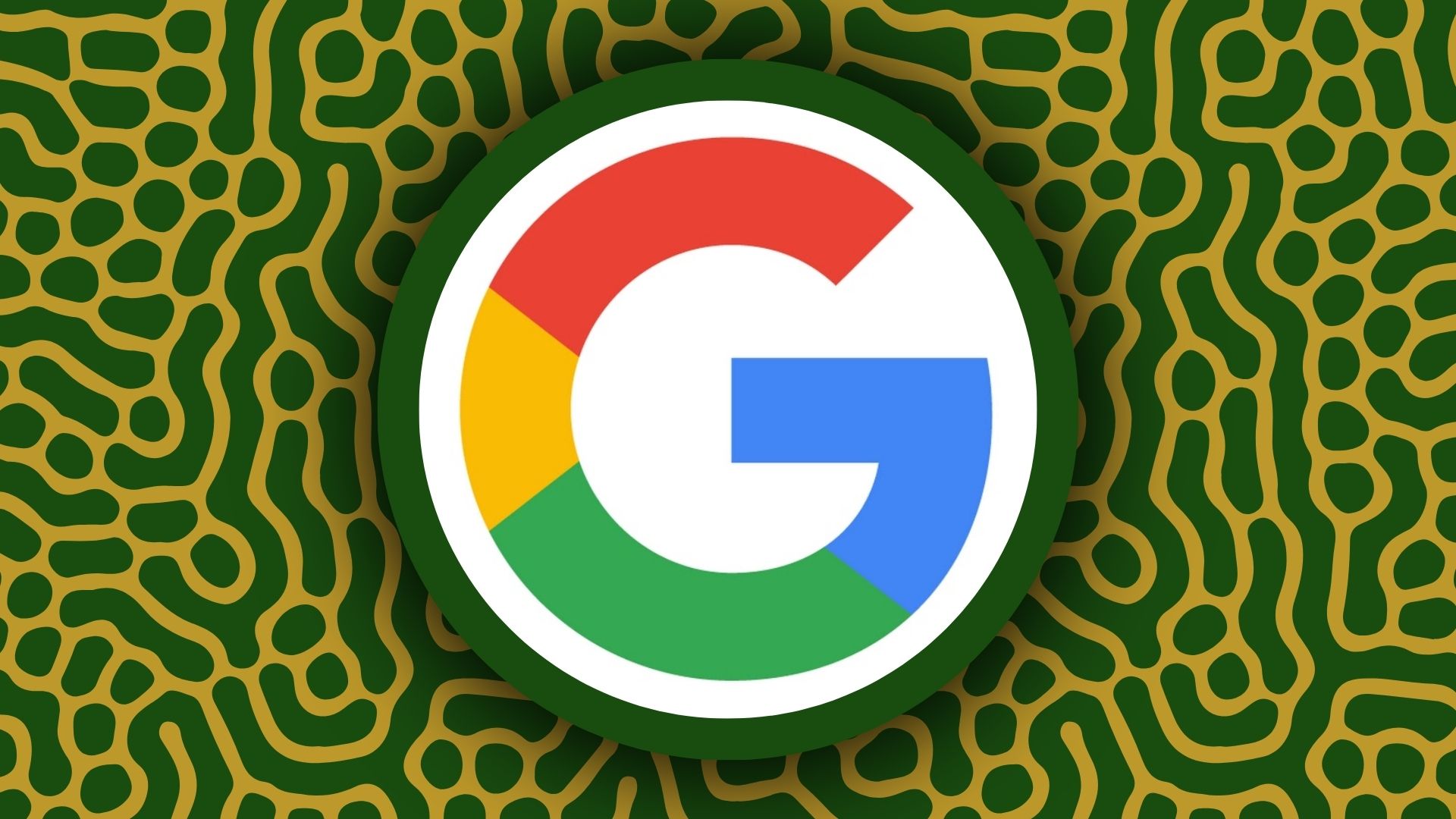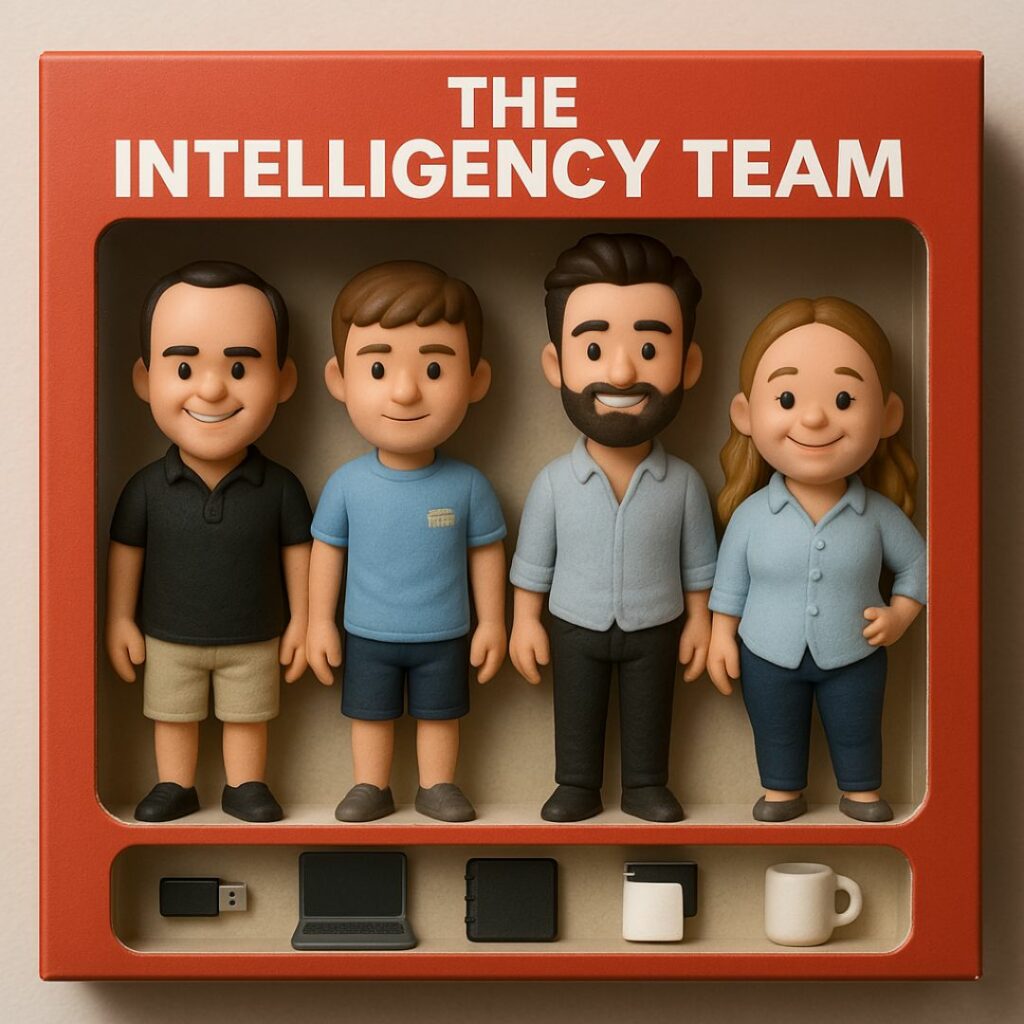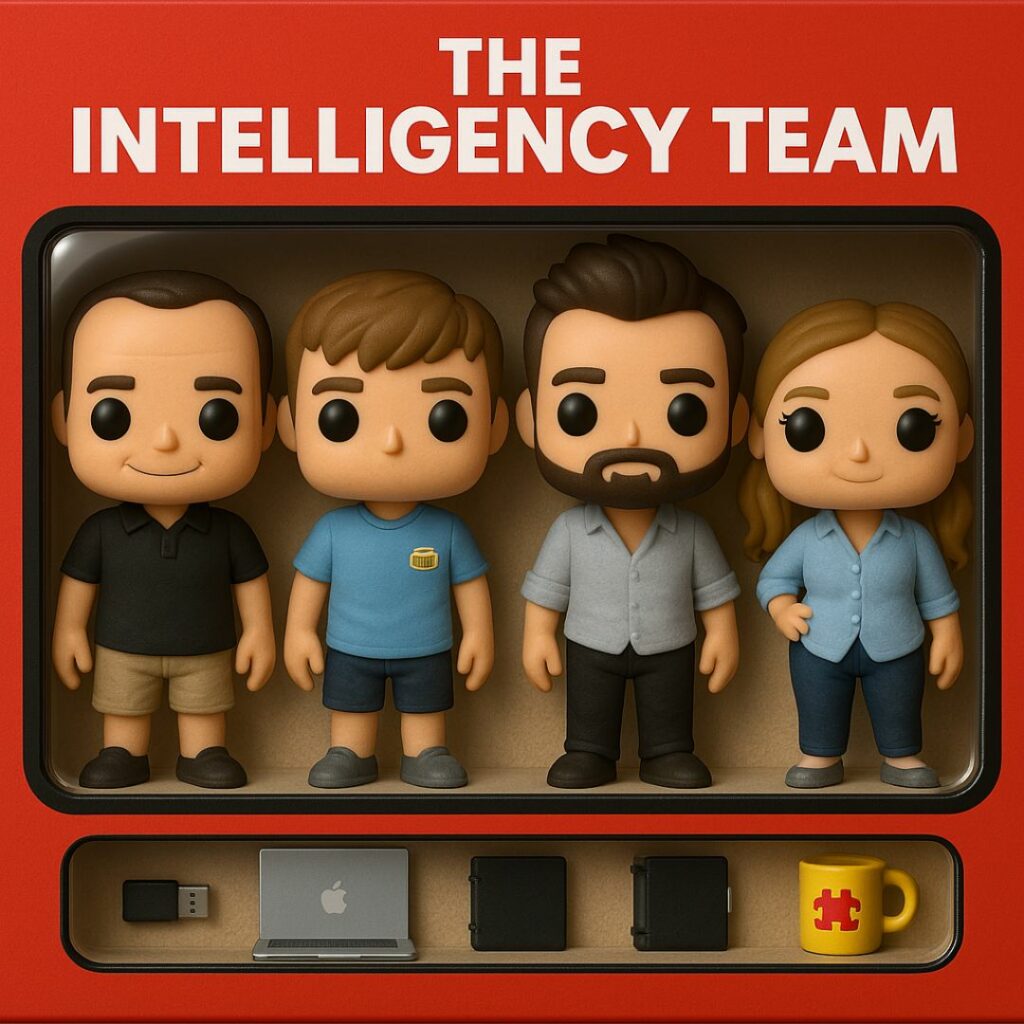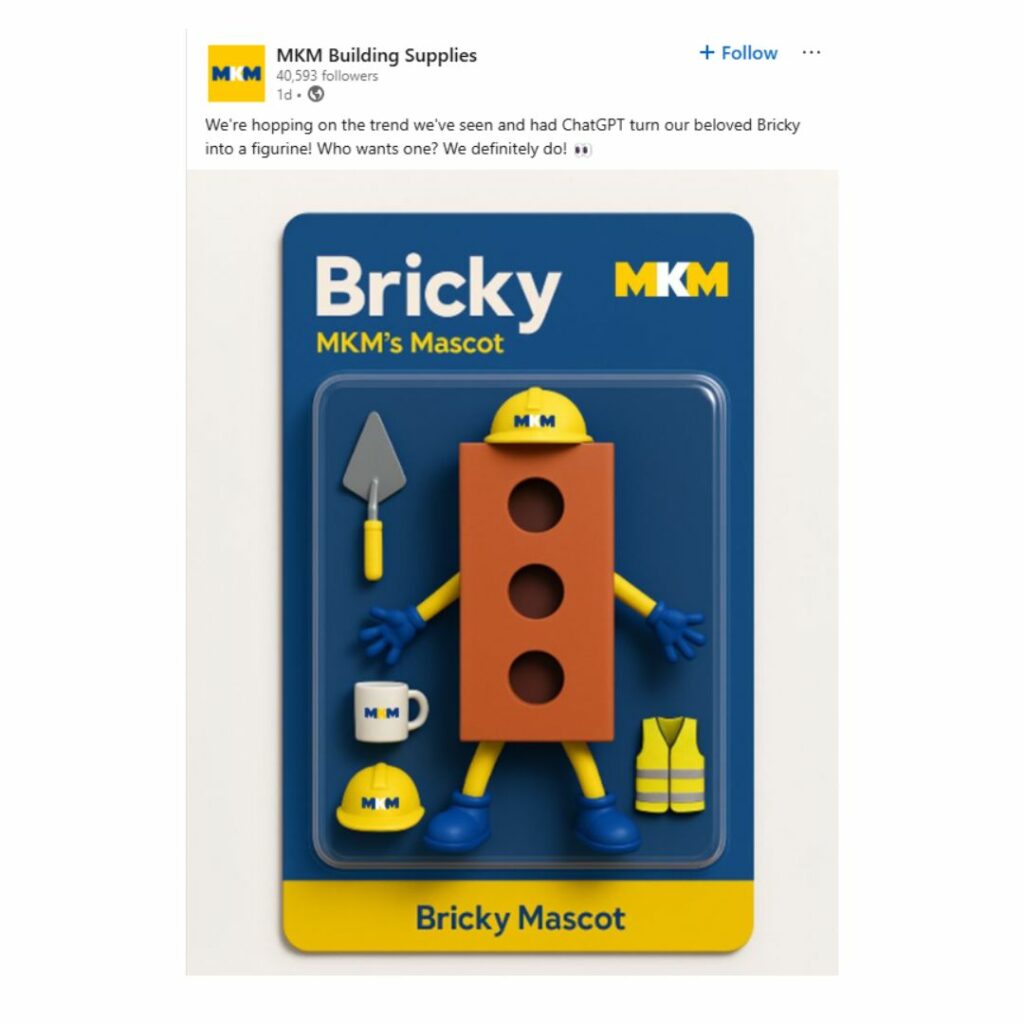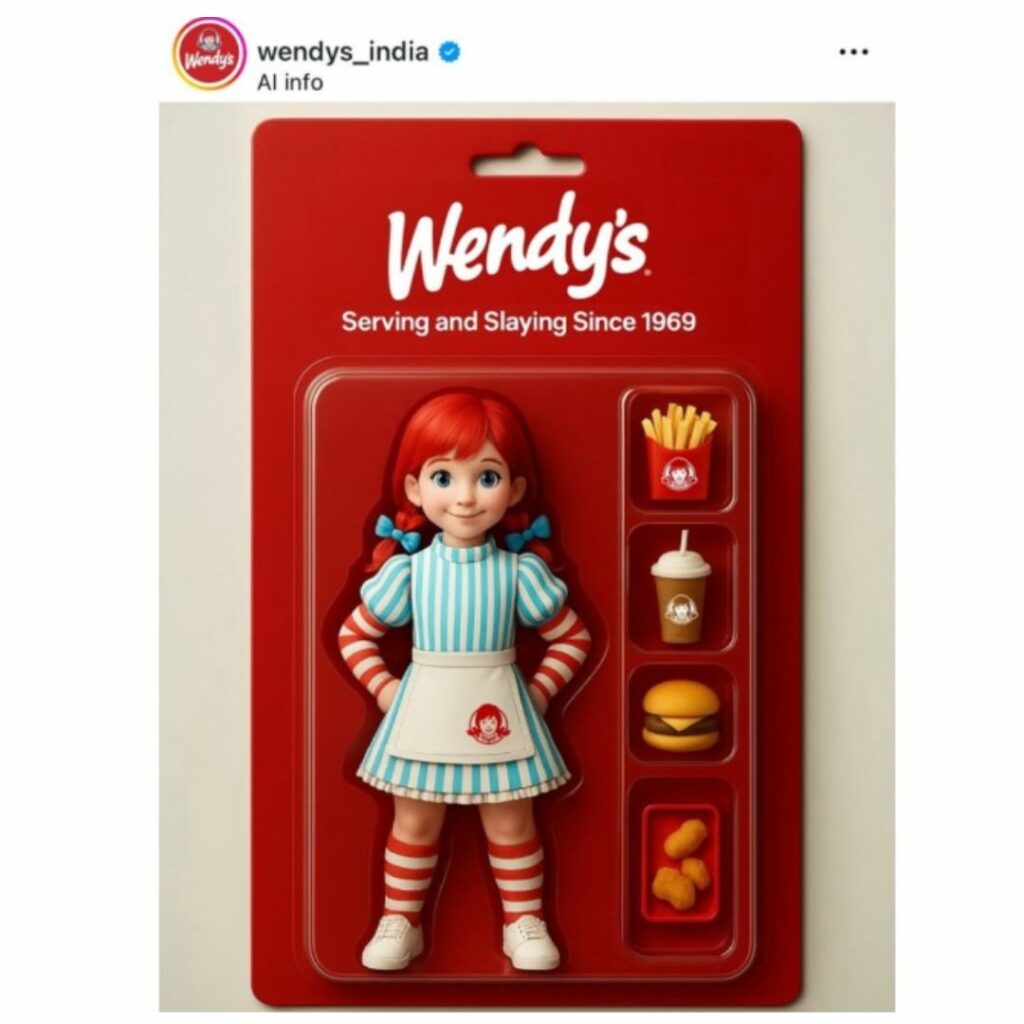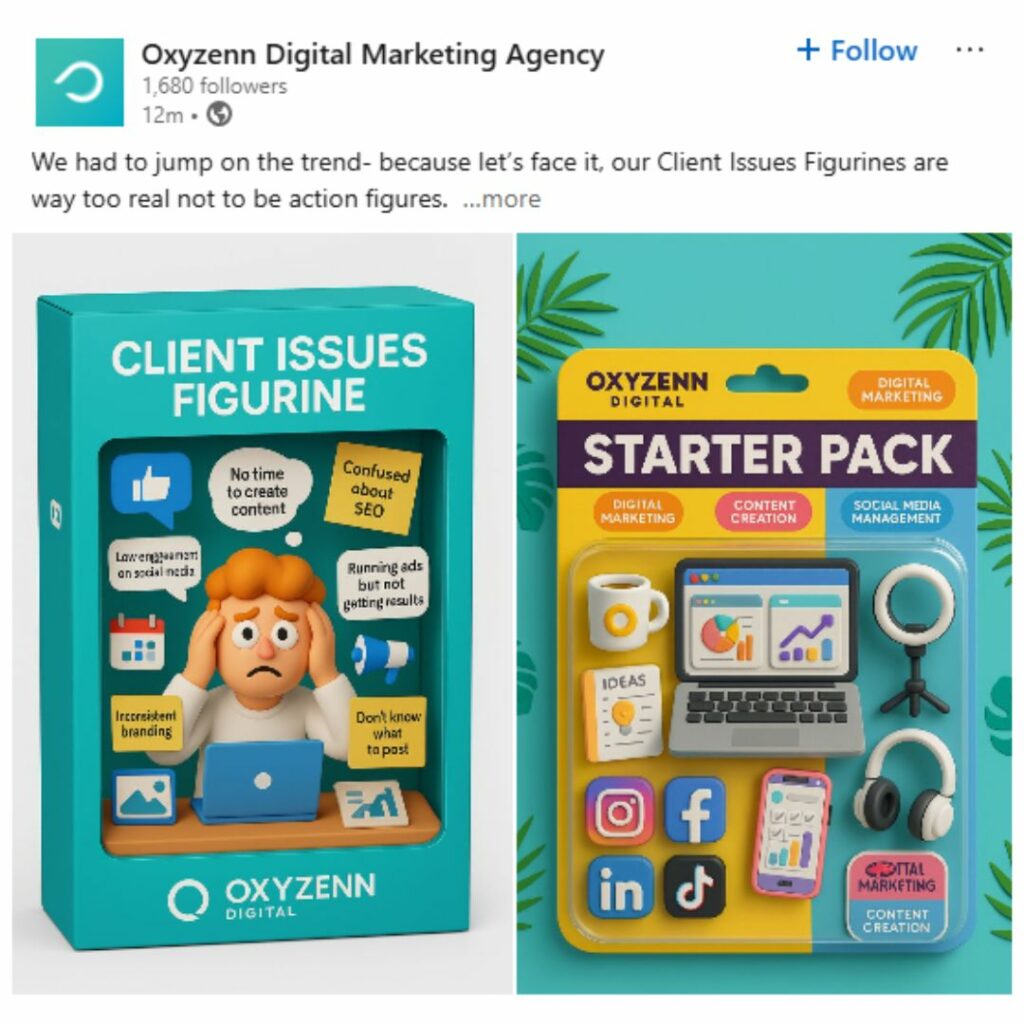
The Rise of “Eventised” Marketing Campaigns
August 22, 2025 Posted by Maisie Lloyd Round-Up 0 thoughts on “The Rise of “Eventised” Marketing Campaigns”Sustained momentum of campaigns is more prevalent now than ever, with the release of GTA VI and Battlefield 6, amongst other fan favourites, capitalising on the cultural impact the pre-release campaigns have.
Content Eco-systems
Content ecosystems adopt the approach of staggering content related to the games, so that the conversation stays alive. In contrast to historic campaigns, where print media and digital would run set ad campaigns to promote the upcoming releases of games.
This method garners public discussion, improves search visibility, drives pre-release sales and increases the social impact of a game, before it’s even rolled out to the public. The approach to drip-feeding teaser trailers and stills of in-game shots further fuels the hype around the games. This particular method of running a campaign has so far proven effective at keeping the conversation going.
Rockstar released the second GTA VI trailer in May, and a peak of searches is noted by Google Trends, but instead of seeing a natural decline, the search volume has continued on an upward trajectory.

Social Eco-systems
Another unique approach to marketing video games is to create content and conversation across social channels known to be home to communities of avid gamers. These include Twitch, Discord, Reddit, YouTube and TikTok.
Companies creating games like Battlefield 6 and GTA VI do well to tap into these communities to generate excitement around the game’s release. This is particularly effective as a strategic shift, as it utilises the voices of real people, whose personal experiences can drive conversion rates. User-generated content has been known to be an effective sales tool, as it authentically portrays the gaming experience through the amplification of discussion.
Experimental Marketing
Experimental marketing techniques break the mould of print and digital campaigns, instead offering value to the audience before the game releases with beta codes for demo plays, early access collaborations with established gaming influencers, and augmented reality experiences of the game.
We see this technique embraced by Epic Games for Fortnite, with influencer collaborations and custom skins which allow fans of the game and influencers to modify their avatars. It shows audiences that these companies are also socially aware, tapping into internet culture to create another point of connection with their customers.

All of these techniques, compounded with traditional methods, make for a really effective sales technique. Creating conversation and drip-feeding the experience keeps the fans wanting more.
How can we as marketers capitalise on these eventised campaigns
Pre-launch
Brands and content creators often fail to create content that meets the potential long-tailed search queries of anticipatory fans. Pre-launch business can capitalise on the buzz around the topic, to create unique content which expands on topics beyond the common search terms like “release date”, “game map” and “trailer.
Instead, pre-launch, brands should create content which focuses on speculative content, which further fuels the excitement, intrigue and curiosity around how the game will function. An example of the type of content that could feed into this includes…
- GTA VI Map leak & predictions
- GTA VI Pricing Predictions
- Fact or fiction: another delay on release dates
These types of topics feed into the intrigue around products and allow fans to voice their opinions with a different approach to the overall subject. Anticipating the searches before the game drops ensures you’re one of the few people delivering the answers that companies like Battlefield Studios and Rockstar aren’t going to willingly give out.
Post-launch
Creators and companies alike can use the post-launch period to create content that is going to be useful to novice players. Creating content such as guides, play-throughs, commentaries, tips and tricks, and how to use mods.
Creating content that adds value to the reader is guaranteed to drive traffic. More so, this type of content even leads to conversions, as it may be the push that a person needs to validate their purchase.
Campaigns for games and media continue to transfigure. The landscape is shifting, and the tools marketers have expanded, allowing for a more holistic approach to marketing these types of products.


